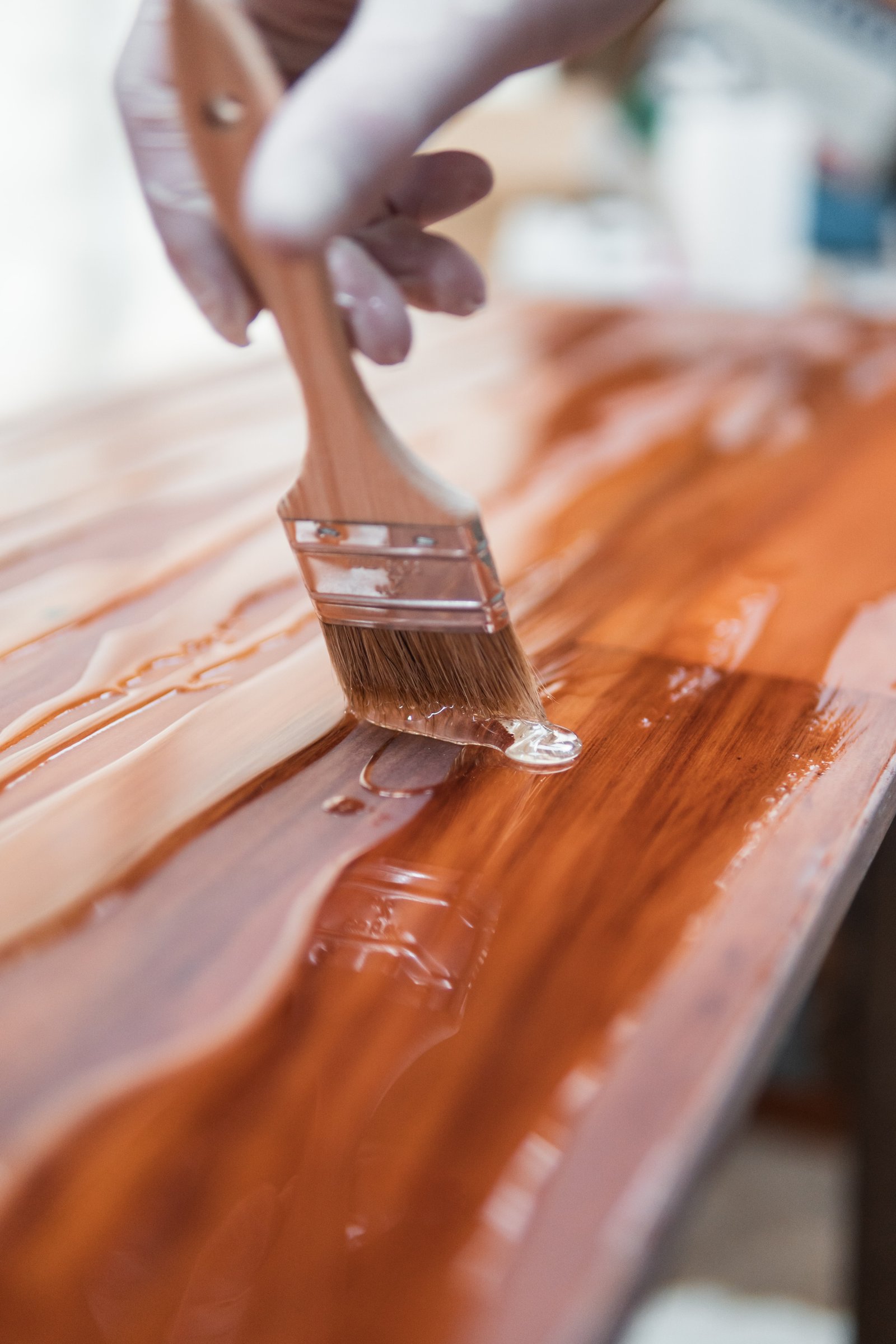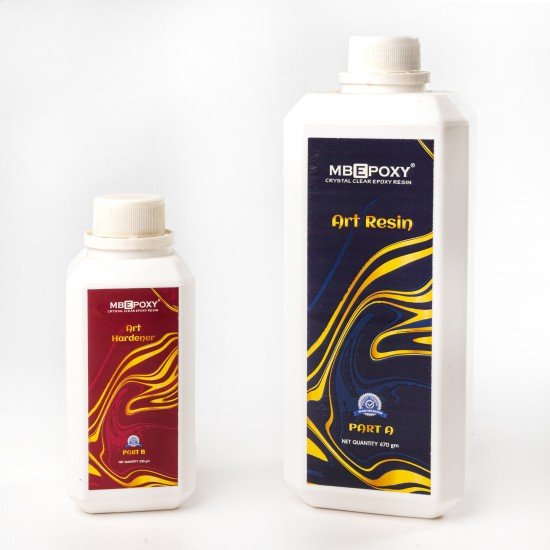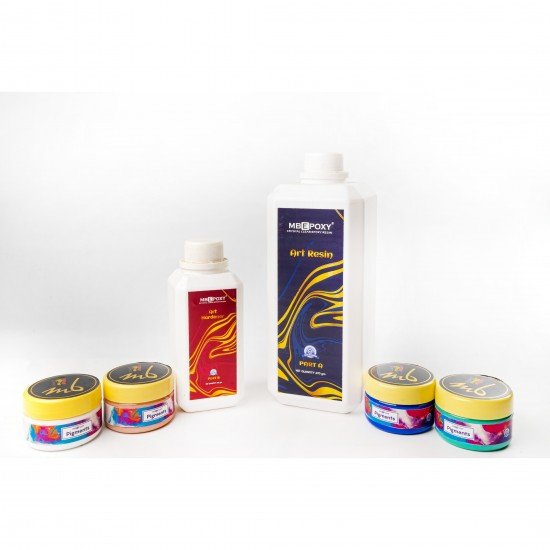All About The Best Laminating Resin by MB Enterprises

What is a Laminating Resin?
Laminating Resin is used in fibreglass fabrics for keeping them in their place and wetting them out. Laminating Resin generally starts in the liquid form and gradually changes to the solid state. A brush or a roller is used to apply a Laminating Resin. Resins are utilized with the composite reinforcements to create cured composite laminates. Some examples of it are carbon, aramid fibre, and glass. For augmenting the overall consolidation, the uncured laminate is vacuum bagged during the process of curing.
Purpose of using the Laminating Resin by Resin Manufacturers
Epoxy Resin Manufacturers and others use the Laminating Resin because of two primary goals after getting integrated with the reinforcement fabric.
- Laminating Resin is extremely useful in gripping the reinforcement fabric altogether. This process acts as a helping hand to obtain the desired structure, shape, and size. The reinforcement fabric at the initial stage when the hardener isn't added to it is shapeless. Henceforth, it can be easily separated in that case.
- The reinforcement fabric is exceptionally beneficial in providing primary resilience to the laminates. On the other hand, resins can be instrumental in transferring mechanical loads from individual fibres to the whole part of it.
Composite Laminating Resin Types
Creating the moulds and parts for the composite laminates requires using either of the three significant resins. Learn them below -
Polyester
One of the most commonly adopted resins by the Resin Manufacturers in the entire composites industry is Polyester resins. Most of the fibreglass part is developed using the polyester resins itself. A catalyst like MEKP - methyl ethyl ketone peroxide is required by the polyester to harden the substance.
Properties of such catalysts
- Simple to use
- Naturally UV resistant
- Provides fast curing
- Pocket-friendly price as it is less expensive than epoxy
- The high tolerant capacity of temperature and catalyst variations
It has a high thixotropic index value making it easy to use. The best part is that it can stick to the vertical direction sustaining it from dripping over the surface while preparing moulds or parts. It is applicable for use in the automotive and marine industry, utilized for boat hulls. It is adequate for comprehensive part fabrication and less-priced moulds.
Vinyl ester
Vinyl water is highly tough, with temperature and corrosion resistance. So it's best for us when you require high-level corrosion resistance, strength, and thermal stability. It, too, requires MEKP like a polyester to harden. So it's contemplated as a cross between the two, i.e., an epoxy and a polyester resin. It's priced somewhere between these two.
One of its applications is constructing and renovating chemical storage tanks. These are also used in the fibreglass boat hulls. You should test the tank before the use of these in it.
Epoxy
Epoxy provides high-level strength, dimensional stability, and long shelf lives. Unlike polyester and ester, epoxy requires a hardener. An exposure with various choices to make for a hardener. You can take the one that meets your needs the most for your project.
Epoxy has an excellent resistance to heat and chemicals having the mini shrinkage. Its applications primarily lie in the military, aerospace, and defence. Overall with such benefits, they are costly.
We one of the world-class leading Epoxy Resin Manufacturers providing the best Laminating Resins. With the availability of the Laminating Resins at the economical market price, it is of high-end quality with top affectability. Our laminating products are 100% solid and provide high-level performances. It works well for all, from resin manufacturing of board to finish in the wood to carbon fibre skinning! So if you are looking for supreme-level products, then your search ends here! Contact us so that we can serve you with the best laminating products in the industry.
-2462x2317.png)





Leave a Comment